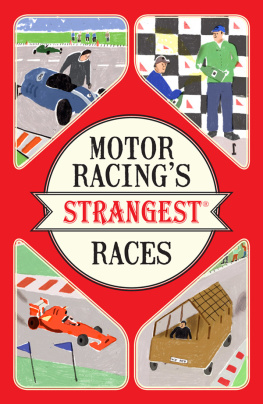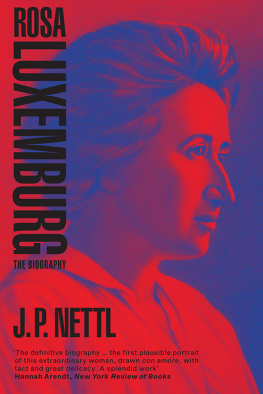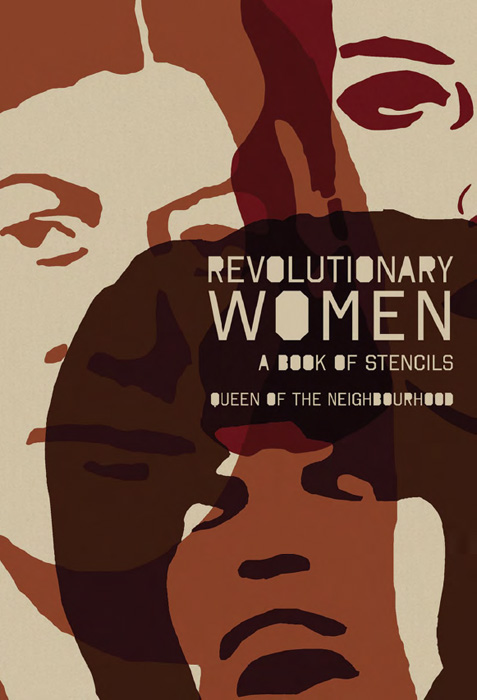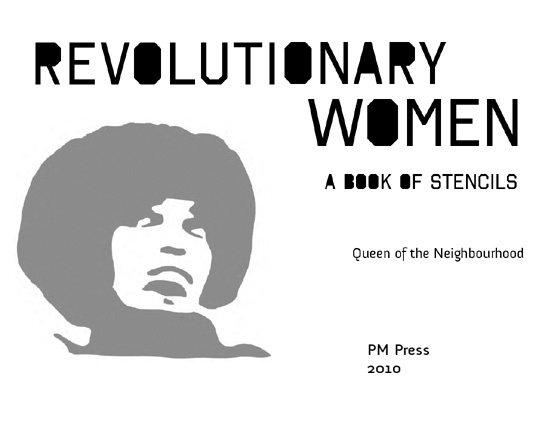Praise for Revolutionary Women: A Book of Stencils
What you hold in your hands is a lethal weapon. Revolutionary Women: A Book of Stencils is a threat to the status quo and a dangerous wake-up call to every person who has ever dared to think for themselves. These women herald in the voices of dissent, the movers and shakers for social change. Their history and hardship will inspire you to dismantle the shackles of cynicism and join forces with a global insurgency for freedom. The question remains do you have the courage to join them or will you buckle under the weight of our cultural apathy? Will you rise up and fight for what you believe in, honoring the spirit of those whove fought before you, or will you cower with fear? I believe the words and art in this book have the power to mobilize a revolution. Rise up and lets join them now!
Wendy-O Matik, author of Redefining Our Relationships: Guidelines for Responsible Open Relationships
I greatly admire the kaupapa of the authors and of course, the celebrated women and work within the book. I am always happy to share my enthusiasm for strong women expressing themselves, empowering others and making the world a stereo place to live in. I am from a long line of diverse women who died and fought to see I could speak my mind, and I dont take their efforts lightly. I see the plight and power of women in daily life, in my own world, in history and in this book as one of the strongest forces known on earth. Everyday its enough to motivate me to be a stronger artist and a better person.
Coco Solid, musician
The beauty and simplicity of message is stark in this zine. It is lovingly earnest with its handcrafted cut and pastes. The snippets are well-worded, the quotes cleverly chosen. The silhouettes of fearless females are striking. Overwhelmingly, one is left with a sense of the near-universal absence of images of revolutionary women. From now on, every time I see a Che Guevara portrait, I will wonder about his many unheralded and invisible sisters.
Karlo Mila, author of Dream Fish Floating
What an amazing, creative way to magnify, illuminate the courage of thirty Sheroes whose courage, leadership, and character is symbolic of the many unsung Women Sheroes of past and present. They continue to be held in high esteem as inspiration to us all at this very moment in the on going struggles for basic human rights.
Emory Douglas, artist, former Black Panther Party Minister of Culture
Knowing our feminist history gives us strength. Revolutionary Women: A Book of Stencils not only reclaims icons and agitators to nourish our collective struggles and political imaginations, but passes on some of that fighting spirit in the form of do-it-yourself stencil art. Use this incendiary book to break the rules, spread the word, and honor women who made change happen. A brilliant tribute to those who came before.
Red Chidgey, feminist historian, www.grassrootsfeminism.net
Revolutionary Women: A Book of Stencils
Queen of the Neighbourhood
Revolutionary Women: A Book of Stencils

Creative Commons Attribution-NonCommercial 3.0
2010, Queen of the Neighbourhood Collective & PM Press
ISBN: 978-1-60486-200-3
LCCN: 2010927795
Cover and inside design: Josh MacPhee/Justseeds.org
PM P RESS
PO Box 23912
Oakland CA 94623
510-658-3906
www.pmpress.org
First printing
Printed in the United States on recycled paper
CONTENTS
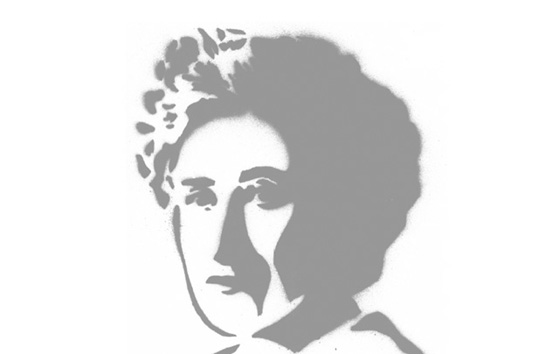
PREFACE
T his project started off as a zine made in-house at Cherry Bomb Comics, a feminist zine store in Auckland, New Zealand, in 2005.
The zine slipped out of New Zealand and, like an infection, gradually took over the world and spread feminist fervor. I got word from people in Europe, North America, Australia, and Japan who were distro-ing it, adapting it, creating workshops based around it, and just generally feeling inspired by the stories of the amazing women in it.
When I was approached to expand the zine into an actual book, I was hesitant, because the project is so deeply a zine project: anticopyright, infinitely swappable, and propagated via the fluidity of human interaction. When writing zines you dont have to make any pretence to the objective, you can write fuck and ooze bias and unashamedly rip your research off anything you can find on the subject. A book is a slower, more meticulous process, in some ways more underhanded, emanating bias through carefully chosen verbs rather than outlandish adjectives.
However, I became convinced that a properly published book would reach a wider audience, and, as the project is partly a comment on pop culture aiming to resaturate our collective image bank by displacing the traditionally-held male revolutionary pin-ups with the lesser-known, lesser-remembered female ones, it seemed like a good idea. It was also a great impetus for the collective to sprout and continue the research I had really only just scratched the surface of in the original zine.
Tui Gordon
Queen of the Neighbourhood Collective
INTRODUCTION
I T CAME FROM THE SIMPLE QUESTION OF W HO AND WHERE ARE OUR revolutionary women icons? (or technically it began as Who would you rather shag, Bob Marley or Che Guevara? but the previous question rose out of the ashes of this one). It would be impossible to live in western culture and avoid coming into contact with an image of Bob or Che. Both are ubiquitous, household names, and symbols of rebellion. El Che, with that faraway look in his eyes, is synonymous in pop culture with revolution. However, when trying to come up with two examples of iconic, universally recognizable women for the same question Who would you rather shag? all I managed to think of were Marilyn Monroe and The Virgin Mary.
All the revolutionary icons and pin-ups are men: Che, Mao, Gandhi, Nelson Mandela, Malcolm X, Martin Luther King, Subcomandante Marcos, etc. A stencil of Ches face epitomises the glamour of revolutionary chic to the point at which it has become kitsch from overuse. The original photograph from which that famous image comes is not so extraordinary, but over time those black ink lines on a red background have evolved to be so loaded.
This book exposes that Che glamour by painting it onto thirty of the most well-known images of revolutionary women from mainstream and leftist media of the past 150 years. It aims to help resaturate our collective image bank with women as the instigators of revolutionary changestrong, idealistic, unafraid. It is also a celebration of some extremely brave women who have spent their lives fighting for what they believe in and rallying supporters in climates in which a womans authority is never taken as seriously as a mans.
A few years ago I picked up a pamphlet at the 56a Infoshop in London about Louise Michel, having never heard of her before, and I remember being amazed by how fearless she was. I realised I had a preconceived idea that women were really repressed back in the old days; they were all either corset-wearing ladies who got married and rode side-saddle or working-class women who scrubbed floors 24/7 and had baby after baby with no respite. But this is partly the myth of progress, and of course there have always been free-thinking womenoutlaws full of fire, compassion, hopes, dreams, need for change, bravado, wealth of spirit, survivalwho had no qualms about being socially unacceptable; who were articulate, smart, generous, driven.





